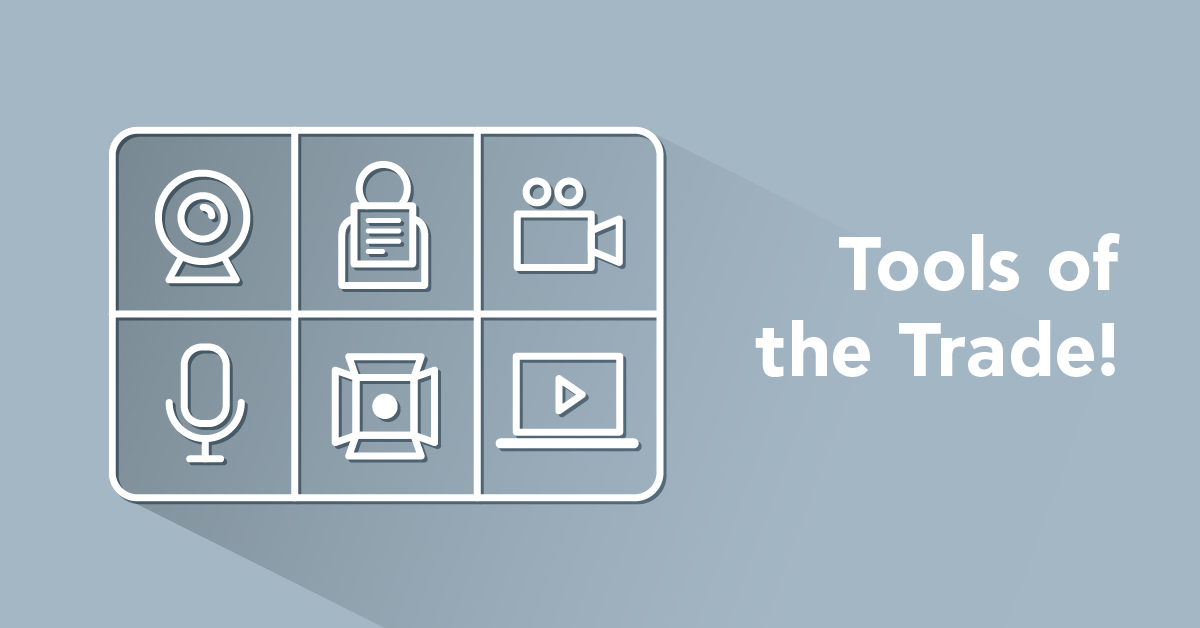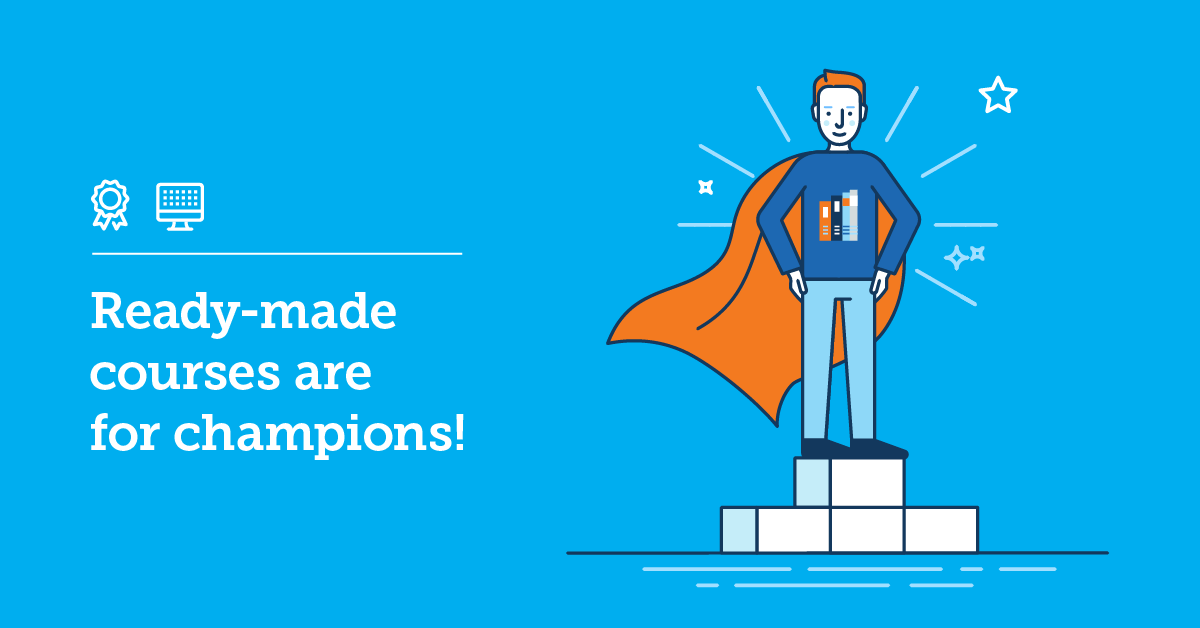Have you ever struggled to create a topic outline for a chapter in your course? Did you worry you may have missed something or added concepts a bit out of scope? Or, have you been working on volumes of content, trying to divide it into chapters and topics?
Grouping content in categories in not enough to create eLearning courses! Follow this article to create an effective topic for your next eLearning course.
A topic is a single unit of an eLearning course that accomplishes one learning objective. A topic contains the activities and assessments that enable the learner to achieve mastery in the learning objective. A topic is the key feature of your eLearning course where active learning takes place. How do you create an effective topic?
eLearning courses cannot be similar to a podcast or a video, where the boundaries of a topic are defined by the length of the video. eLearning courses are interactive and a lot of the learning depends on the learner. Topics need to be well-defined and complete. They need to revise previous materials and prepare for upcoming ones.
There are several strategies for developing topics available to eLearning developers, and the following 8 elements that lead to effective topic design will help you quickly create topics while ensuring that you are covering all the required items.
1. Objective: This is a statement of what the topic will accomplish. This is usually one of the learning objectives of the entire course. This statement should remind the learners of exactly that; they should know that they are working on the Nth learning objective and that they are getting closer to the learning goal.
This statement can be followed by sub-objectives if the overall objective is too complex for a single topic. The learning objectives are basically used to design your assessment items. They are also used to tie your chapters and topics with learning objectives so that your learners understand the relevance of each chapter. Explain to your learners that, by the end of the course, they will have mastered the following objectives.
2. Title: This is the label of the topic. It must be clear enough to convey what the topic is offering. Titles are the first “hooks” of your course. Make sure they describe how the course is tied to the life of the learner. Will the course help learners perform better at work? Will it make them better in some other aspect?
Titles can also include the time duration in which this change is expected to happen. They shouldn’t be long. You need to be very brief when writing titles, and they shouldn’t be too complex, otherwise learners might get lost in jargon or ambiguity. One of the best ways to add to a title is to use a descriptive image with it. A supporting image will help describe the title better.
3. Introduction: This is a transition into the content of the topic. It welcomes the learner and provides some background and context for a more gradual beginning. This is the next important “hook” of the course. In fact, your introduction is like the first page of a novel.
If the page jumps out at you and takes you inside the book, you definitely want to read it till the end. And that’s exactly what a page-turner is. In our case, create a strong introduction that has an emotional impact on the learner. Convince them that they are in the right place (your course). Use real-world multimedia like snippets of a video to support your text in the introduction.
4. Tests: Assessments that test the achievement of the objectives and the sub-objectives taught in the topic need to be fair in terms of adhering to the objectives and bearing the grading weight. Learners need to feel that what they were taught a short while ago is enough to complete the test, while still seeing the usefulness with real-world questions. Always include the topics to be included in a test.
5. Activities: These are the informal tests that allow the learner to absorb knowledge offered, apply the knowledge to a given real-world scenario and further connect this new knowledge with his or her existing knowledge, thus ensuring retention, which is after all, what we’re going for!
6. Summary: This is the section where the main points covered in the activities are summarized and recapped. This section should be an overview of the entire topic and can also be printed as a job aid.
Summaries are the most viewed pages of an eLearning course. Learners use them to revise and as checkpoints, to compare with the learning objective achieved at that point of the course.
7. Links: These are the external resources to supplement the topic. Be careful with links, always check they’re working whenever revising the course. Try not to overdo it with “nice to know” links, at least without stating it clearly.
8. Metadata: These are usually entered as descriptive text or keywords that help learners and instructors find the topic when searching within a large eLearning program.
eLearning topics reflect the quality of your eLearning courses. A course evaluator would investigate the depth and width of a topic to determine how good of a unit it would make for a given eLearning program. Create a complete topic with these 8 elements and enjoy better ROI, improved retention and of course, happier learners!
| Tags: eLearning Courses



![Building A Training Module In 5 Simple Steps [+ Free Template]](https://images.www.talentlms.com/blog/wp-content/uploads/2022/08/TLMS_20220722_1200x628.png)